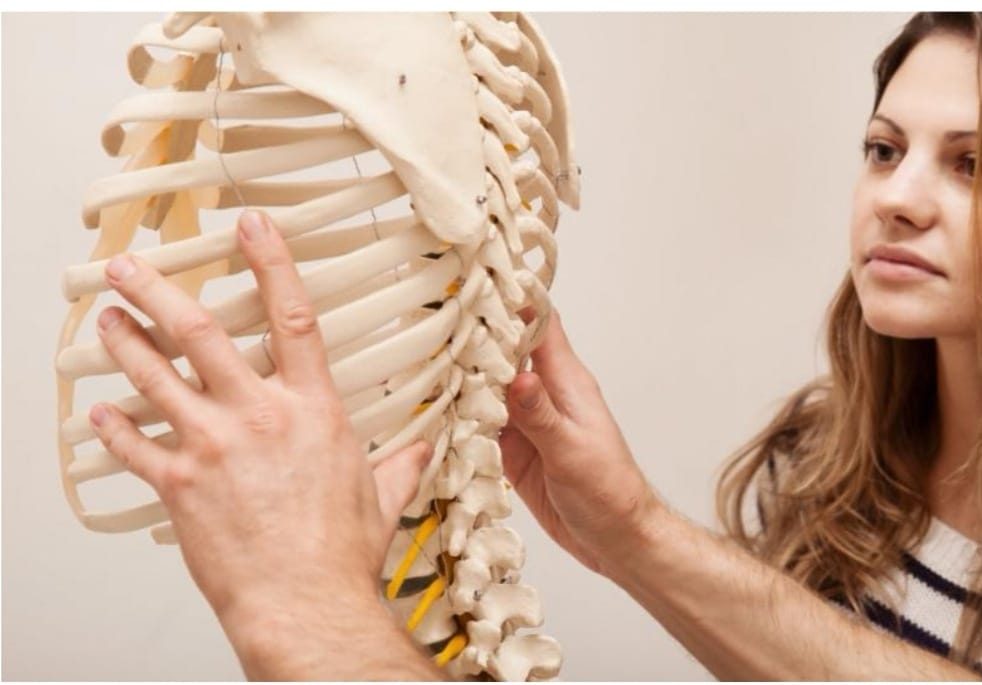Background:
Think for a moment about all the things that you did today. Almost all of the thousands of movements your body made required your spine to move in complex ways. And not only are mechanical movements performed by your spine, but your spine also allowed and controlled most of the nerve functions in your body.
What makes up the spine?
Your spine is made up of 26 movable bones – your vertebral column. These vertebrae are stacked on top of each other, separated by intervertebral discs. The movement of the spine is orchestrated by a complex interrelationship of muscles – many of them very small, others quite large – nerves, ligaments and tendons. This marvelous mechanism of the spine allows for a wide range of movements: bending forward, bending backwards, bending to the side, and twisting. Each movement is choreographed by an intricate coordination of these muscles, ligaments, tendons and nerves. Should one or more of these vertebrae move too little or move too much, this abnormal motion will lead to pressure and pain. Over a prolonged period, this irregular motion will lead to the development of arthritis. The adage “proper motion is life to the spine” is very true.
Listen to Your Body:
If you’re paying attention to your body, it will often warn you when something is amiss. This warning could be pain, soreness, stiffness or an inability to control your body as well as before. Many people simply ignore these problems, perhaps thinking they will go away or they are simply a part of growing older. But the body’s reaction to pain is inflammation and a tightness of the muscles in the affected area: spasm. The time to act is when the pain first begins to be felt, before the problem becomes chronic and possibly more serious.
The nerves:
When we feel any sensation, those feelings are transmitted to the brain via the spinal cord, which is the main network of nerves and is encased within the center of the spinal column. These sensations are familiar to us: touch – for example, the pressure of shoes on one’s feet – or pain, or burning, numbness, heat or cold, etc. These nerves are sensory nerves. Likewise, movements that the body makes are directed by the brain through the spinal cord and outward to our muscles by nerves that we call motor nerves. If there is a problem in the spine, these sensations can be altered. Pain can become increased and motor functions, balance for example, can be impaired.
Continuing Care:
During my 26 years of being a chiropractor, I have treated many patients on a continuing basis, seeing them perhaps every month or every three weeks. I urge this type of care for most patients because I’ve seen that these folks stay healthier overall and especially very seldom suffer spinal complaints. Sticking to such a regimen stops problems before they start.
Yours for better health,
Jon Mills, DC

